Adding CD28 costimulation to cord blood-derived chimeric antigen receptor (CAR) natural killer (NK) cells targeting CD70+ cancers significantly enhanced antitumor efficacy and long-term cytotoxicity of the CAR NK cells, according to researchers from The University of Texas MD Anderson Cancer Center.
Tag: Tumor
Obesity-cancer connection discovery suggests strategies for improving immunotherapy
The study reported in the journal Nature provides a mechanistic explanation for the “obesity paradox” — that obesity can contribute to cancer progression but also improve response to immunotherapy.
The effect of resting dendritic cells on overall survival in the hepatocellular carcinoma tumor microenvironment
Background: Hepatocellular carcinoma (HCC) continues to have a poor prognosis even in the advent of new immunotherapy regimens. An area of growing interest in HCC is its tumor immune microenvironment. Classifying the immune microenvironment based on available genomics can lead to…
Factor Bioscience Successfully Defends Three U.S. Patents Covering Foundational Methods for Therapeutic Gene Editing
Factor Bioscience Inc., a Cambridge, Massachusetts-based biotechnology company pioneering mRNA-based cell engineering, today announced that the United States Patent and Trademark Office (USPTO) has terminated three separate ex parte reexaminations of three U.S. patents owned by Factor.
Role of glioma stem cells in promoting tumor chemo- and radioresistance: A systematic review of potential targeted treatments
BACKGROUNDGliomas pose a significant challenge to effective treatment despite advancements in chemotherapy and radiotherapy. Glioma stem cells (GSCs), a subset within tumors, contribute to resistance, tumor heterogeneity, and plasticity. Re
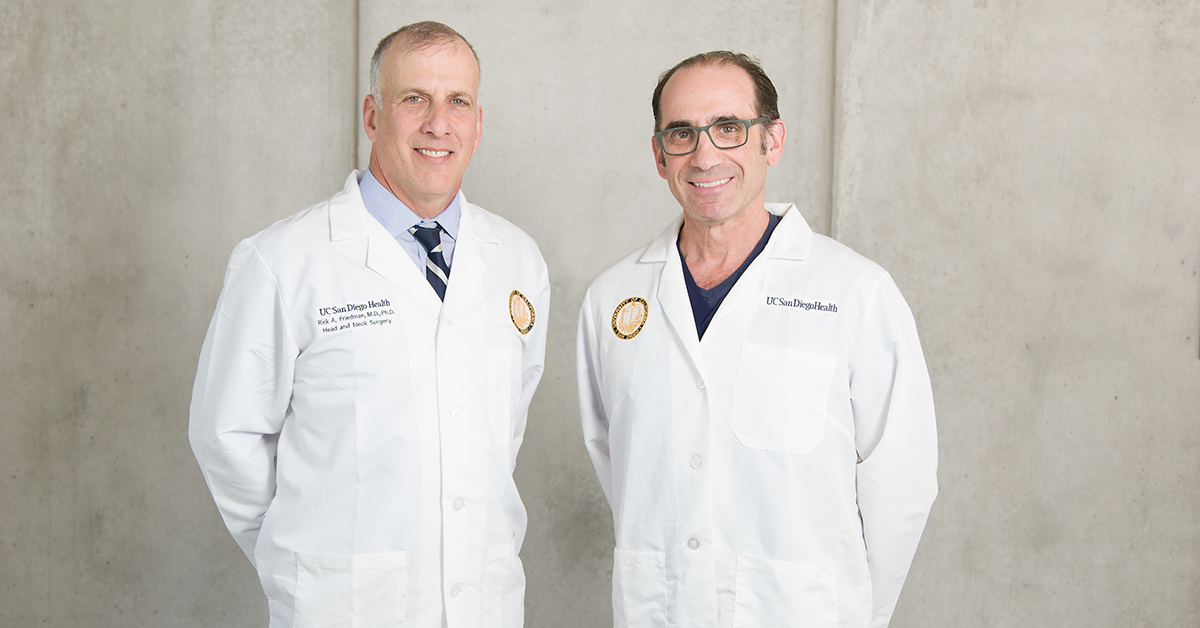
Study: Surgical Intervention Improves Quality of Life for Patients with Acoustic Neuroma
Researchers at University of California San Diego School of Medicine found that using an innovative surgical approach to remove an acoustic neuroma, a slow-growing, benign brain tumor, improved hearing preservation and quality of life for patients while also presenting excellent facial nerve outcomes.
Variations in “ancient” immune cells linked to patients’ survival in cancer
Researchers from the Cancer Science Institute of Singapore (CSI) at the National University of Singapore (NUS), have achieved breakthroughs in understanding relapse after chemotherapy for a type of cancer known as diffuse large B-cell lymphoma (DLBCL).
Study Sheds Light on Cancer Cell ‘Tug-of-War’
In APL Bioengineering, researchers used a breast cancer cell line panel and primary tumor explants from breast and cervical cancer patients to examine two different cellular contractility modes: one that generates collective tissue surface tension that keeps cell clusters compact and another, more directional, contractility that enables cells to pull themselves into the extracellular matrix.
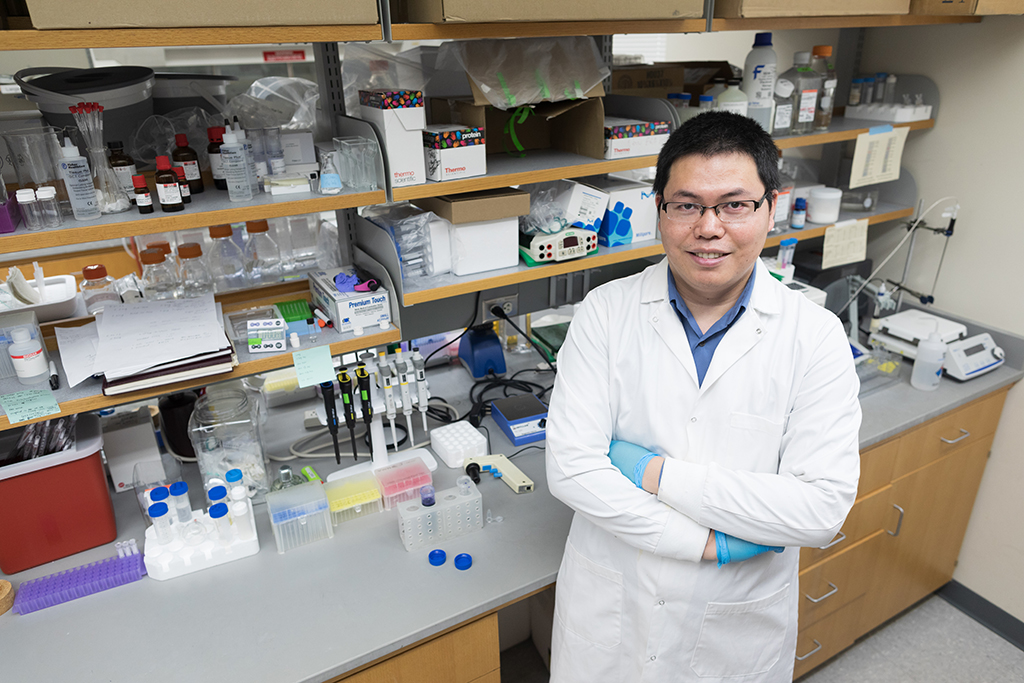
Pancreatic cancer is difficult to treat. Nano-drugs hitching a ride on bacteria could help.
Many pancreatic tumors are like malignant fortresses, surrounded by a dense matrix of collagen and other tissue that shields them from immune cells and immunotherapies that have been effective in treating other cancers. Employing bacteria to infiltrate that cancerous fortification and deliver these drugs could aid treatment for pancreatic cancer, according to newly published findings from a team of University of Wisconsin–Madison researchers.
Moffitt Researchers Discover New Therapeutic Target for Non-Small Cell Lung Cancer
A new Moffitt Cancer Center study published in the journal Immunity offers insight into how lung cancer cells evade the protective immune system, potentially opening a door for novel antibody-based immunotherapies. Their study centers on a molecule called Jagged2, which plays a primary role in fueling the aggressiveness and immune evasion capacity of lung cancer.
Genetic analysis of rare, often deadly cervical cancer uncovers potential treatments
For the study, which involved patients from across the world, Yale Cancer Center (YCC) researchers at Yale School of Medicine (YSM) analyzed the genetic landscape of 66 tumors, the largest series of cervical NET ever reported in scientific literature.
Mesothelioma Protein Identified With Cancer Inhibiting Effect
Malignant mesothelioma is a very aggressive cancer with a very poor survival and limited treatment options. Thus, a deeper knowledge of the mechanisms modulating mesothelioma initiation and progression is critical for novel therapeutic strategies.
Immunotherapy targeting cancer fusion protein may hold key to treating rare liver cancer
Researchers from St. Jude Children’s Research Hospital and The University of Tennessee Health Sciences Center discovered two T-cell receptors in a single patient that recognizes the fusion and can guide T cells to kill all tumor cells carrying the hybrid protein in a mouse model.
LJI welcomes new faculty member Miguel Reina-Campos, Ph.D.
Cancer researcher Miguel Reina-Campos, Ph.D., has joined the faculty of La Jolla Institute for Immunology (LJI) as an Assistant Professor to lead the Laboratory of Tissue Immune Networks. His laboratory at LJI aims to investigate the basis of CD8+ T cell tissue immunity to improve life-saving cancer immunotherapies.
New assay identifies clinically relevant gene fusions in pediatric tumors more accurately and efficiently
Researchers at Children’s Hospital Los Angeles report in The Journal of Molecular Diagnostics about a new tool that effectively integrates data from four fusion callers and identifies disease-related gene fusions.
New tumor spatial mapping tool will help clinicians assess aggressiveness of cancer and personalize treatment
Scientists have developed a new AI tool that maps the function of proteins in a cancerous tumour, enabling clinicians to decide how to target treatment in a more precise way.
Cancer drug shows promise targeting genetic weakness in some tumors, comments Virginia Tech expert
In an invited commentary, Kathleen Mulvaney, assistant professor with the Fralin Biomedical Research Institute at VTC, talks about the potential of a new drug that has shown early promise in clinical trials for solid tumors by killing cancer cells that lack specific tumor suppressor genes.
Association for Molecular Pathology Publishes Best Practice Recommendations for Liquid Biopsy Assay Validations
The Association for Molecular Pathology has published best practice recommendations for validating and reporting clinical circulating tumor DNA (ctDNA) or liquid biopsy assays and their related scientific publications.
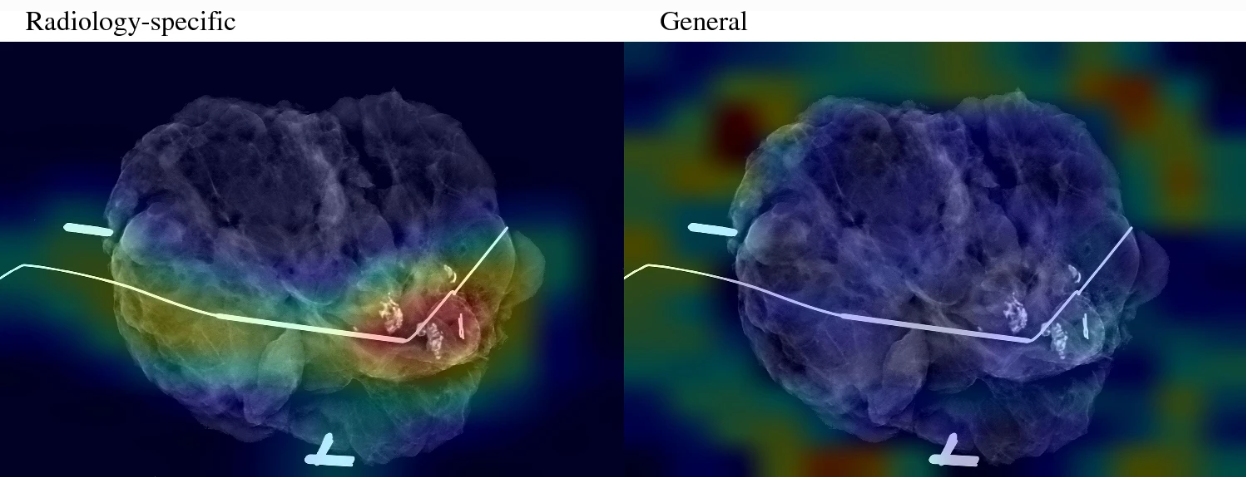
A New AI Model Has Been Developed to Improve Accuracy of Breast Cancer Tumor Removal
Researchers in the UNC School of Medicine have developed an AI model that can predict whether or not cancerous tissue has been fully removed from the body during breast cancer surgery.
A combination of cancer inhibitors shows success in slowing tumor growth
An international team of researchers has demonstrated that a combination of inhibitors may suppress tumor growth and prevent relapse in patients with certain cancers, including head and neck squamous cell carcinoma and lung adenocarcinoma.
Investigadores de Mayo Clinic publican hallazgos clave sobre proteínas celulares para determinar la eficacia de la inmunoterapia contra el cáncer de colon
Los investigadores del Centro Oncológico Integral de Mayo Clinic han identificado hallazgos clave que pueden ayudar a los médicos a predecir si un paciente con cáncer colorrectal avanzado se beneficiará de la inmunoterapia.
Pesquisadores da Mayo Clinic publicam as principais descobertas sobre proteínas celulares para determinar a eficácia da imunoterapia para câncer de cólon
Os pesquisadores do Centro de Câncer da Mayo Clinic identificaram as principais descobertas que podem ajudar médicos a prever se um paciente com câncer colorretal avançado será beneficiado com a imunoterapia.
LJI scientists harness ‘helper’ T cells to treat tumors
La Jolla Institute for Immunology (LJI) scientists have published a pair of studies that show how we might harness CD4+ T cells while boosting the cancer-fighting power of CD8+ “killer” T cells.
Awake surgery for cancerous brain tumor brings referee back to the mat
After an awake surgery to remove a cancerous brain tumor, a Michigan man is living “more deliberately” than ever — officiating a high school wrestling state championship and participating in research for a potential cure.
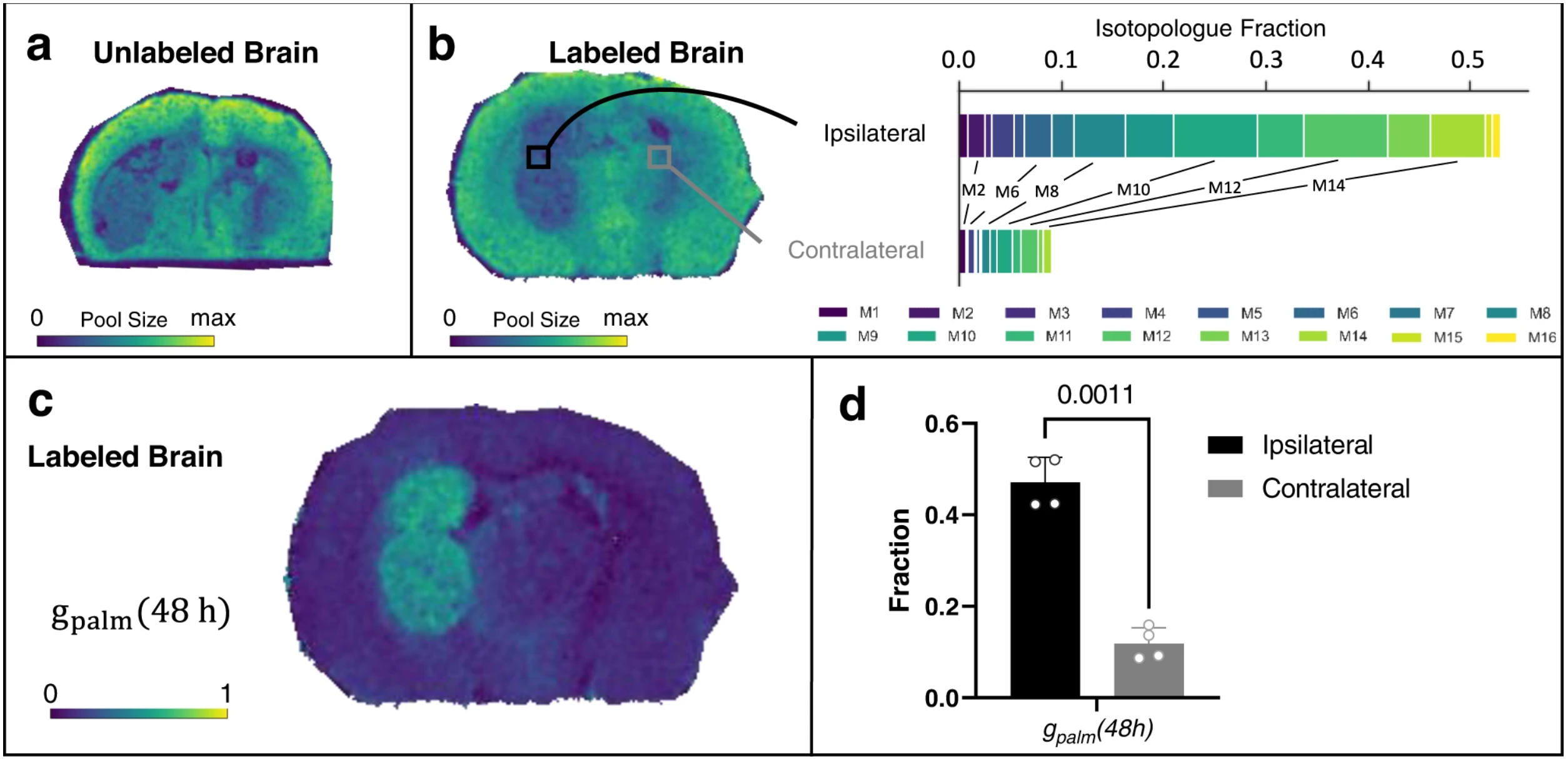
Cancer cells rev up synthesis, compared with neighbors
Tumors are composed of rapidly multiplying cancer cells. Understanding which biochemical processes fuel their relentless growth can provide hints at therapeutic targets. Researchers from Washington University in St. Louis have developed a technology to study tumor growth in another dimension — literally. The scientists established a new method to watch what nutrients are used at which rates spatially throughout a tissue.
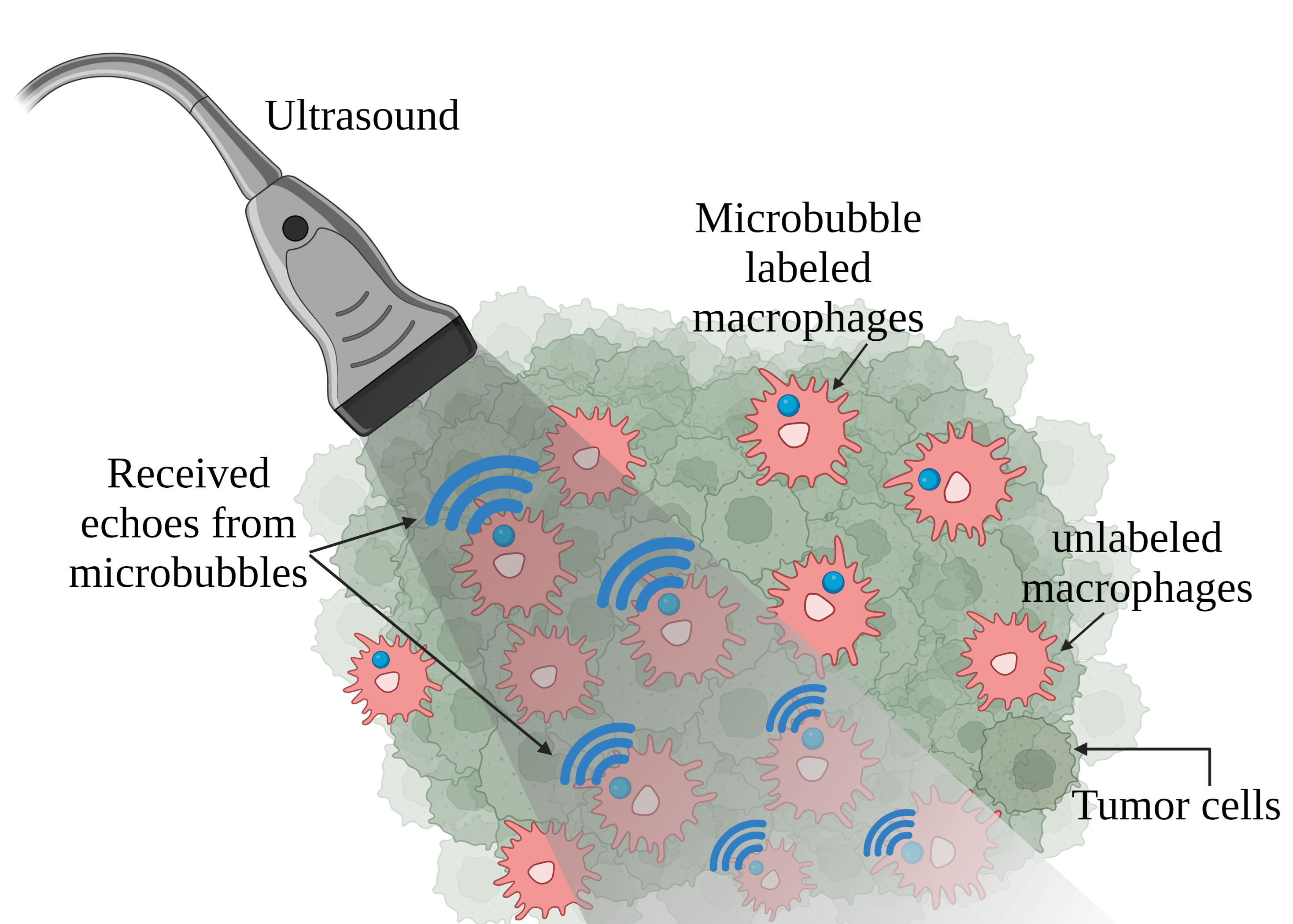
Microbubble Macrophages Track Tumors #ASA184
At the 184th ASA Meeting, Ashley Alva of the Georgia Institute of Technology will describe how attaching microbubbles to macrophages, a type of white blood cell, can create high-resolution and sensitive tracking images useful for disease diagnosis. Because of the attached microbubbles, the cells sent back an echo when hit with ultrasound, which is nonionizing and noninvasive and has great depth of penetration. This allowed the team to visualize the macrophages in vivo with high resolution and sensitivity. Visualizing macrophages in vivo could also provide a powerful tool for understanding immune responses and monitoring therapeutic efficacy.

AI Tool Predicts Colon Cancer Survival, Treatment Response
New AI tool accurately predicts both overall survival and disease-free survival after colorectal cancer diagnosis.
The model uses visual markers on pathology images to glean insights into a tumor’s genomic profile and predicts tumor behavior, disease progression, treatment response.
The new model could help augment clinical decision-making.
Because the AI tool relies on images alone, it could be particularly valuable for hospitals lacking the technology or expertise to perform sophisticated genomic profiling of tumor tissues.
Women in Medicine: Dr. Priyamvada Rai to Co-lead Tumor Biology Research Program
Priyamvada Rai, Ph.D., is the new Tumor Biology Research Program co-leader at Sylvester Comprehensive Cancer Center, part of UHealth – University of Miami Health System.
MD Anderson Research Highlights for January 11, 2023
The University of Texas MD Anderson Cancer Center’s Research Highlights provides a glimpse into recent basic, translational and clinical cancer research from MD Anderson experts.
Researchers ID a Protein that Could Help Stop Cancerous Tumor Development
Article title: Decorin evokes reversible mitochondrial depolarization in carcinoma and vascular endothelial cells Authors: Thomas Neill, Christopher Xie, Renato V. Iozzo From the authors: “In conclusion, we have delineated a molecular axis focused on delivering prodepolarization signals to the mitochondrial…
Survival Is a Mixed Matter for Deadliest of Pancreatic Cancers
UC San Diego researchers discover that quality and mix of protein in a type of pancreatic cancer is the determinant of whether the prognosis is poor or very poor.
Lipid nanoparticles carry gene-editing cancer drugs past tumor defenses
As they grow, solid tumors surround themselves with a thick, hard-to-penetrate wall of molecular defenses. Getting drugs past that barricade is notoriously difficult. Now, scientists at UT Southwestern have developed nanoparticles that can break down the physical barriers around tumors to reach cancer cells. Once inside, the nanoparticles release their payload: a gene editing system that alters DNA inside the tumor, blocking its growth and activating the immune system.
Pushing T cells down “memory lane” may improve cancer therapy
Scientists at St. Jude Children’s Research Hospital identified proteins that help decide T cell fate and used the finding to improve CAR-T cell therapy in a solid tumor model.
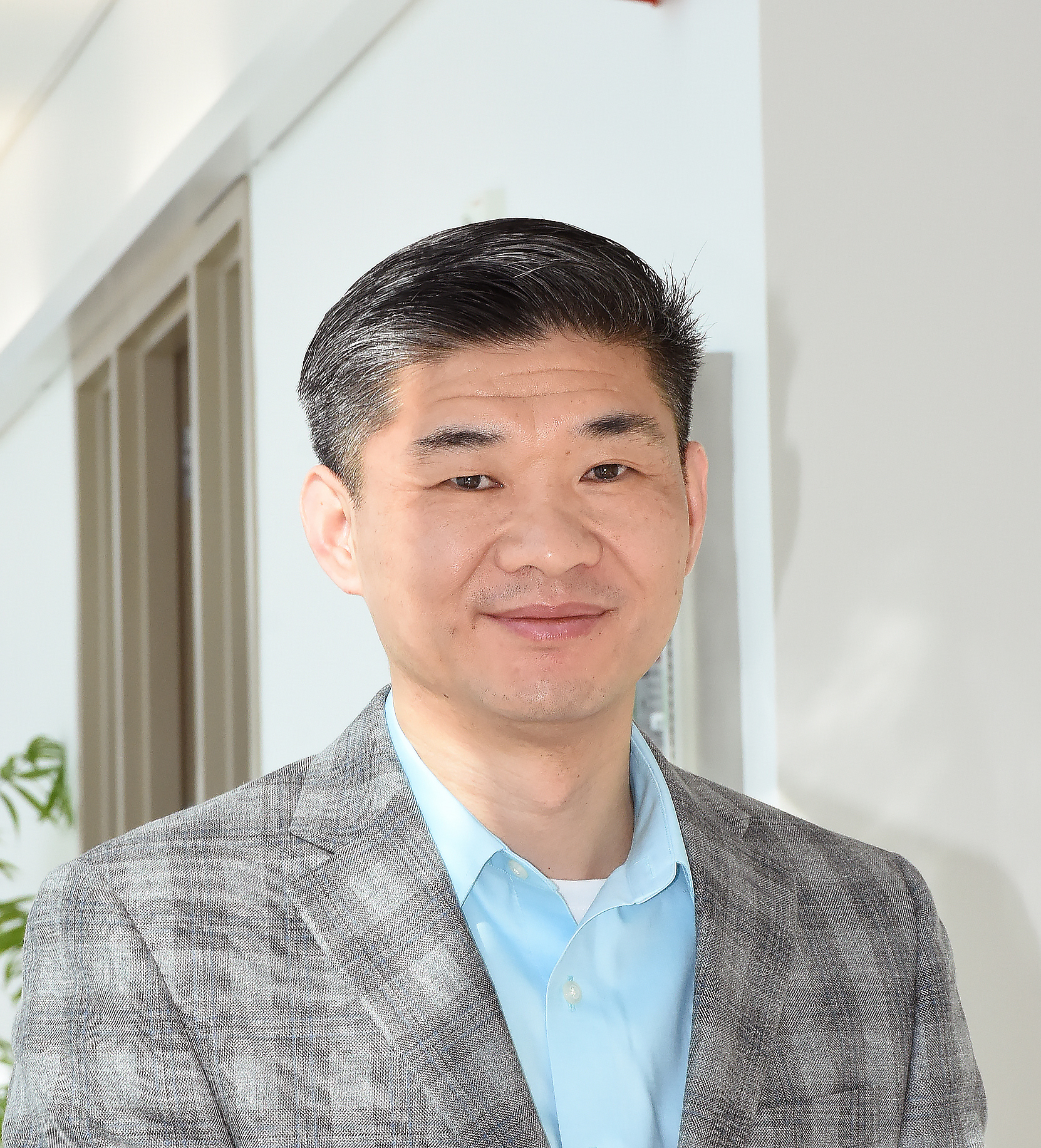
Wistar Scientists Identify Novel Therapeutic Approach to Re-activate Immune Response Against Tumors
Wistar scientists identified that inhibiting therapeutic target KDM5A boosts a person’s immune response to tumors.
Sidekick Microbubbles Carry Anti-Cancer Drugs, Damage Tumor Vessels #ASA182
Naomi Matsuura, of the University of Toronto, and her team are adapting microbubbles to become more potent tools for cancer therapy. By shrinking the bubbles and directly loading them with anti-cancer drugs, the bubbles can lower the dose of free drug that is injected and diffuses into nontumor tissue in the body. This results in more targeted treatment and fewer side effects for the patient. Matsuura will discuss her team’s results in her presentation, “Ultrasound-stimulated, drug-loaded bubbles for cancer therapy,” as part of the 182nd Meeting of the Acoustical Society of America at the Sheraton Denver Downtown Hotel. The session will take place May 24 at 11:30 a.m. Eastern U.S.
New pathway for DNA transfer discovered in tumor microenvironment
University of Notre Dame researchers have discovered another way tumor cells transfer genetic material to other cells in their microenvironment, causing cancer to spread.

How distance from care affects cancer outcomes
In a seemingly counterintuitive finding, young adults diagnosed with central nervous system (CNS) tumors might have better survival rates the farther they live from care finds a study from the Brown School at Washington University in St. Louis.
Study links free radicals to heart damage caused by cancer
A new study in animal models shows that a cancer tumor alone can lead to cardiac damage, and suggests the culprits are free radicals interacting with cells in the heart. Adding antioxidants to food consumed by fruit flies with tumors reversed the damage to their hearts.
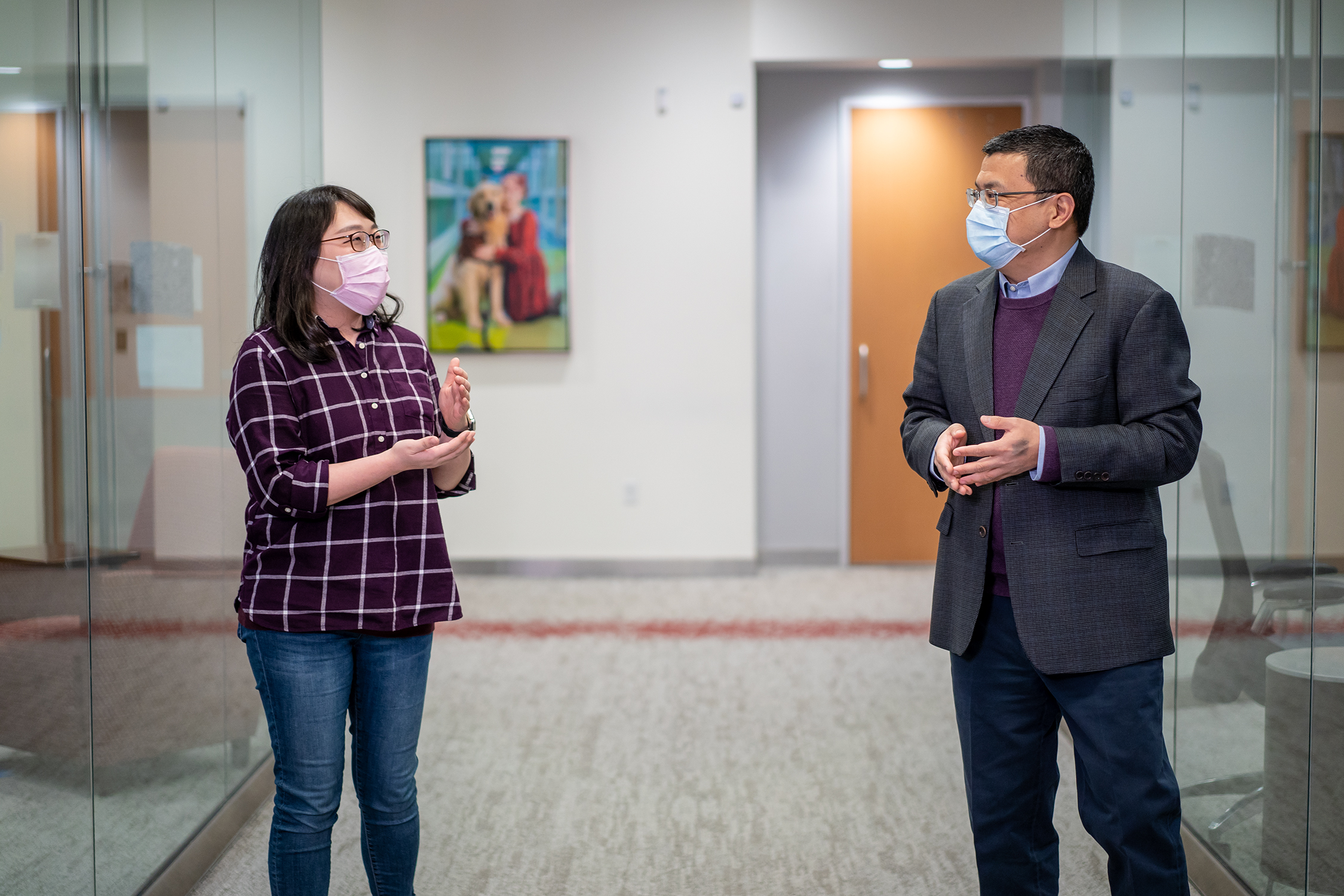
Discovery offers potential for stripping tumors of T cell protection
St. Jude Children’s Research Hospital has discovered a mechanism that tumors use to switch on protective regulatory T cells, raising the potential for drug treatments that render tumors more vulnerable to cancer immunotherapy.
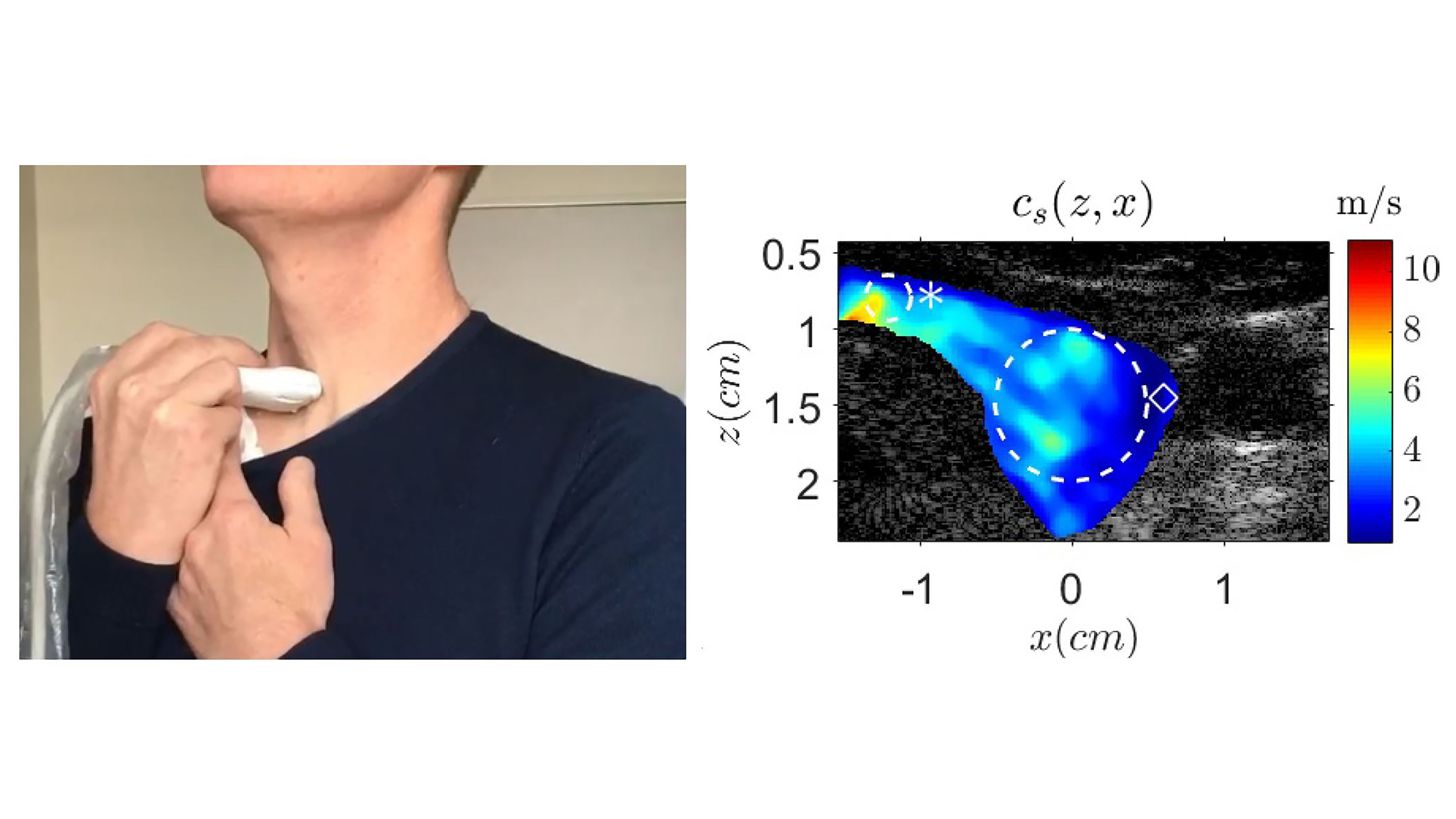
Singing a Tumor Test Song
Singing may be the next-generation, noninvasive approach to determining the health of a patient’s thyroid. When a person sings, the vibrations create waves in the tissue near the vocal tract called shear waves. If a tumor is present in the thyroid, the elasticity of its surrounding tissue increases, stiffening, and causing the shear waves to accelerate. Using ultrasound imaging to measure these waves, researchers can determine the elasticity of the thyroid tissue. They demonstrate the technique in Applied Physics Letters.
MRI frequently underestimates tumor size in prostate cancer
Improving imaging processes will lead to more successful treatments and help reduce morbidity in men with the disease.
Ludwig Cancer Research Study Reveals How Circular ecDNA is Generated and Drives Drug Resistance in Cancer
Researchers led by Ludwig San Diego Member Don Cleveland and Peter Campbell of the Sanger Center have solved the mystery of how free-floating circular DNA fragments, which are almost exclusively found in cancer cells, drive gene amplification to generate drug resistance in cancer.
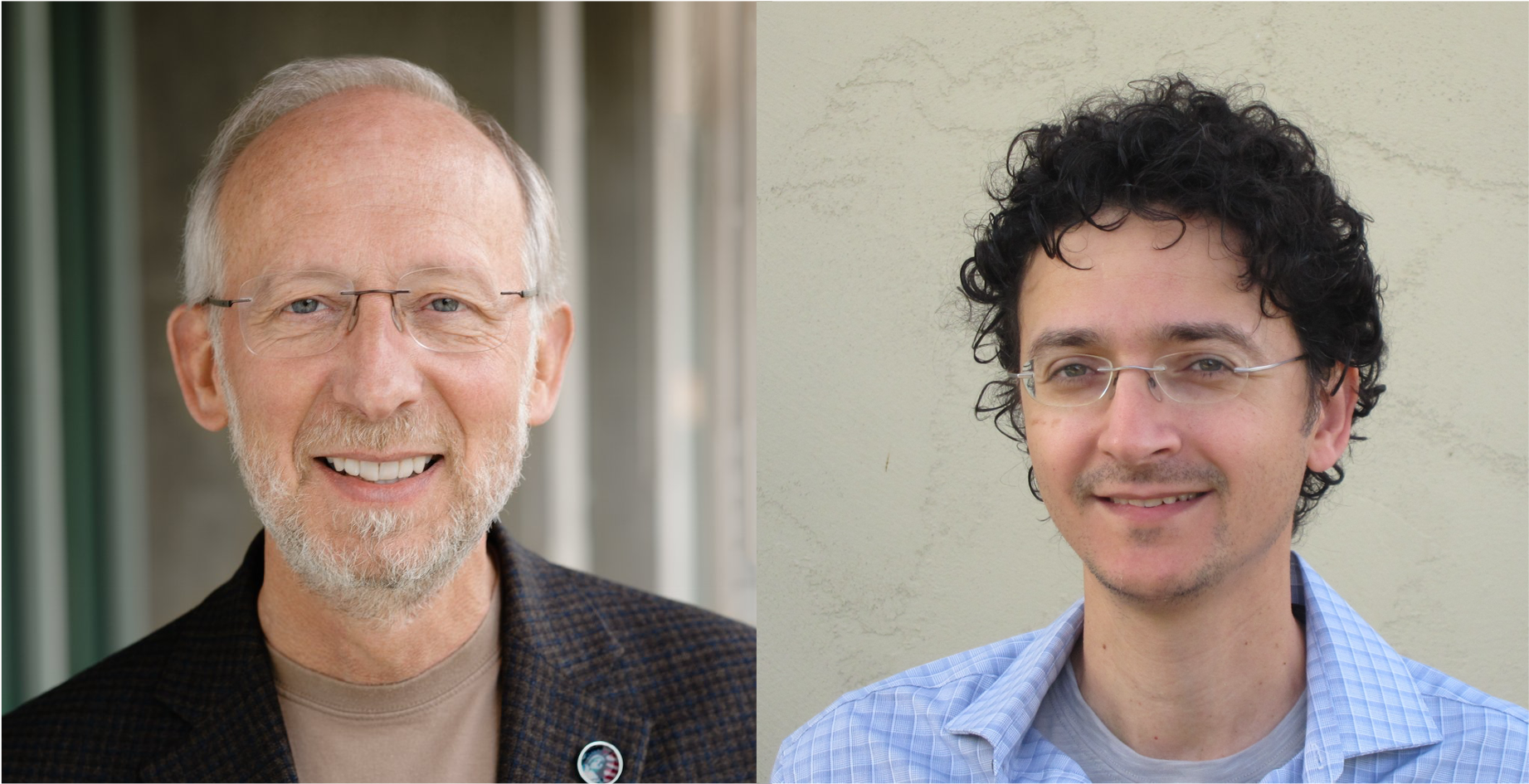
Ludwig Cancer Research Study Reveals How Circular ecDNA is Generated and Drives Drug Resistance in Cancer
Researchers led by Ludwig San Diego Member Don Cleveland and Peter Campbell of the Sanger Center have solved the mystery of how free-floating circular DNA fragments, which are almost exclusively found in cancer cells, drive gene amplification to generate drug resistance in cancer.
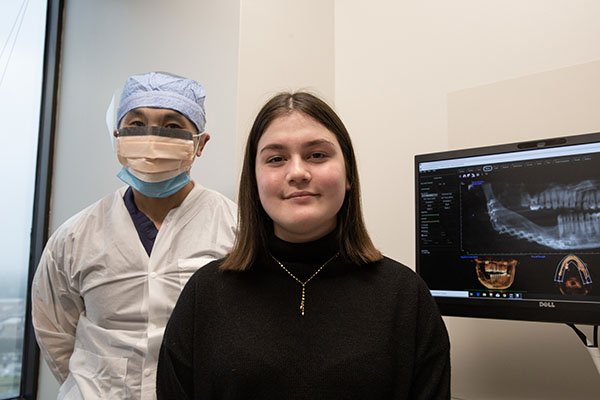
Girl gets her smile back – and a new jaw – thanks to innovative tissue engineering procedure
Nine-year-old Grace Moss of Laredo, Texas, was facing a daunting prospect. A tumor that had invaded her jaw had been removed, but now the plastic surgeon wanted to remove her fibula – the smaller of the two bones in her lower leg – to use as a graft.
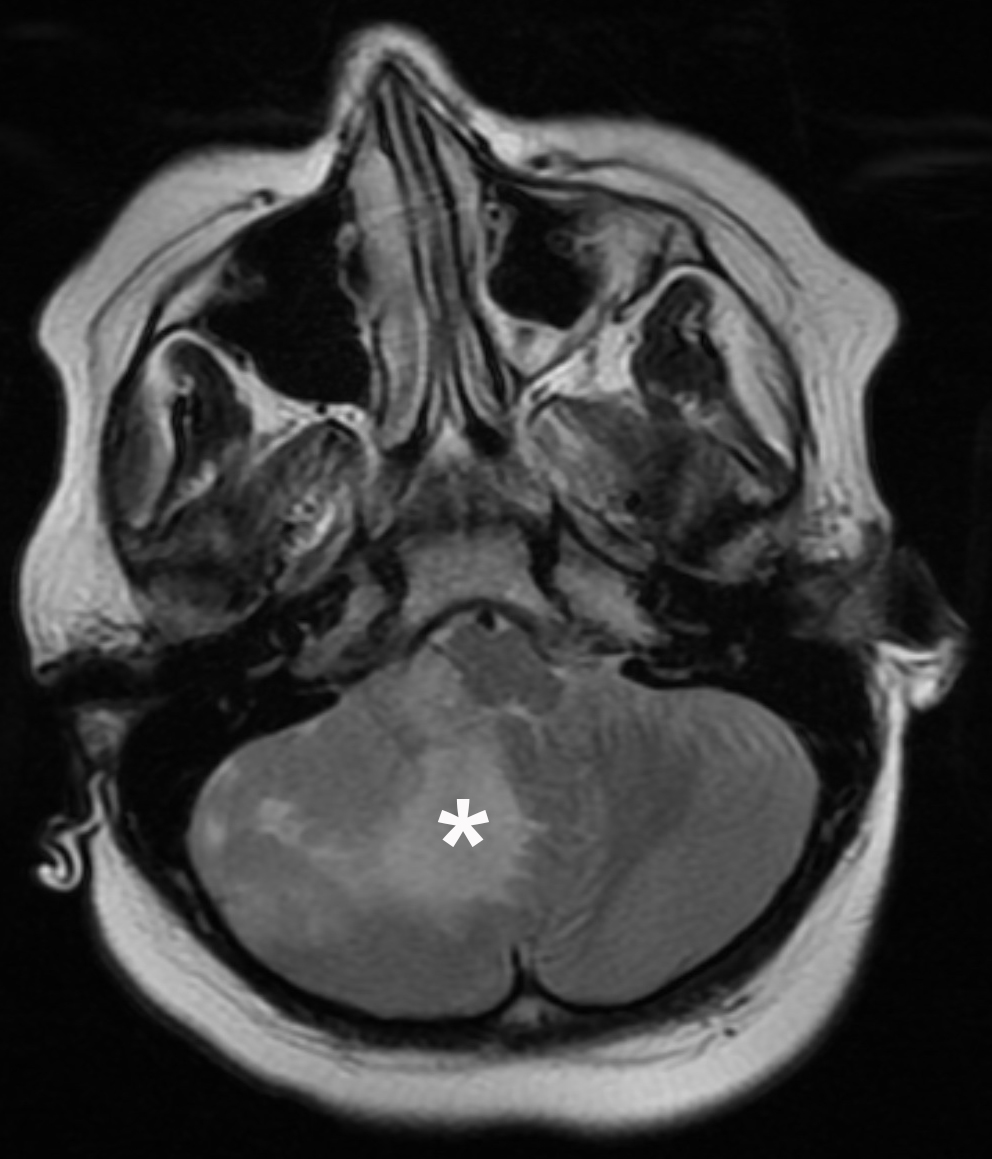
Personalized drug screens could guide treatment for children with brain cancer
Scientists at Sanford Burnham Prebys Medical Discovery Institute, University of California San Diego School of Medicine and Hopp Children’s Cancer Center Heidelberg (KiTZ) have demonstrated that personalized drug screens can be used to identify new therapeutic candidates for medulloblastoma. The approach measures the effectiveness of therapeutics using tumor cells obtained from a biopsy and can be performed in a few days—making it one of the quickest sources of information used in clinical decision-making.
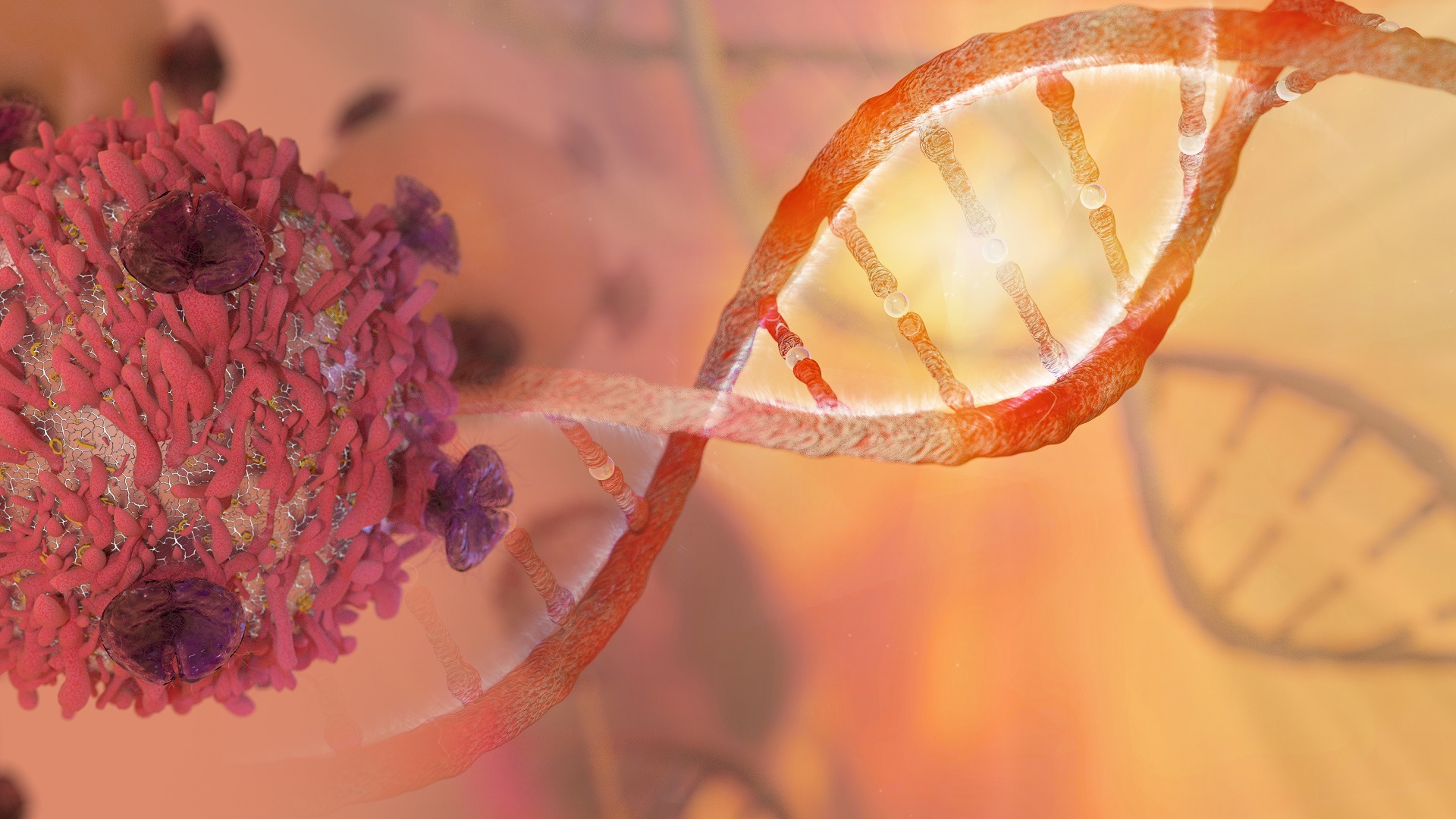
New approach to fighting cancer could reduce costs and side effects
CAR-T biotherapeutics company Carina Biotech and researchers at the University of South Australia have developed a novel approach based on microfluidic technology to “purify” the immune cells of patients in the fight against cancer.
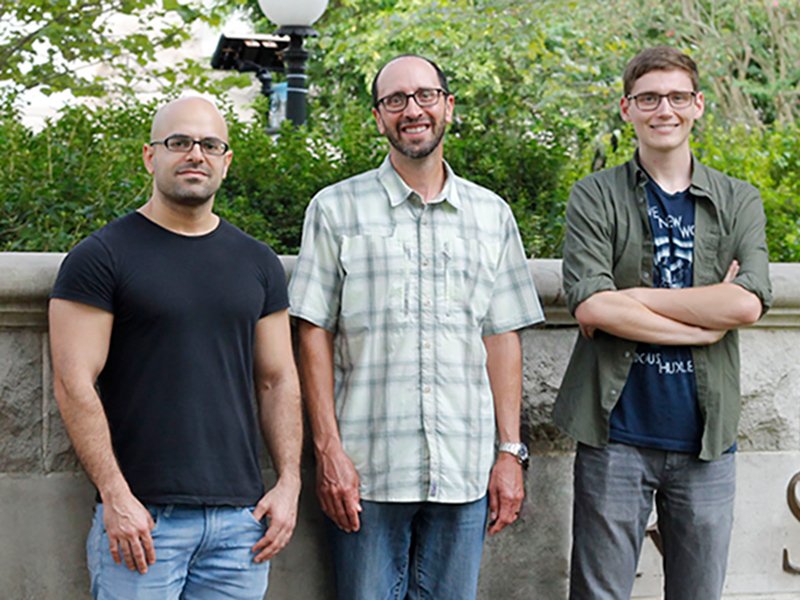
Liver cancer treatment showing positive results, Tulane study says
A biomedical engineering research team from Tulane University is developing a novel cancer treatment hepatocellular carcinoma, a highly fatal form of liver cancer.
Maryam Fouladi, MD, Named Co-Executive Director of Pediatric Neuro-Oncology Program
Dr. Fouladi will continue her extensive work on brain stem gliomas (DIPG) at Nationwide Children’s alongside Jeffrey Leonard, MD, co-executive director of the Pediatric Neuro-Oncology Program and chief of Neurosurgery at Nationwide Children’s.
Novel Method Can Diagnose Cancer and Determine Metastatic Risk in Two Hours
A novel mechanobiology-based technology can predict the metastatic potential of a tumor. The technology has already been successfully tested on pancreatic tumor cell samples and on established breast and pancreatic cell lines.
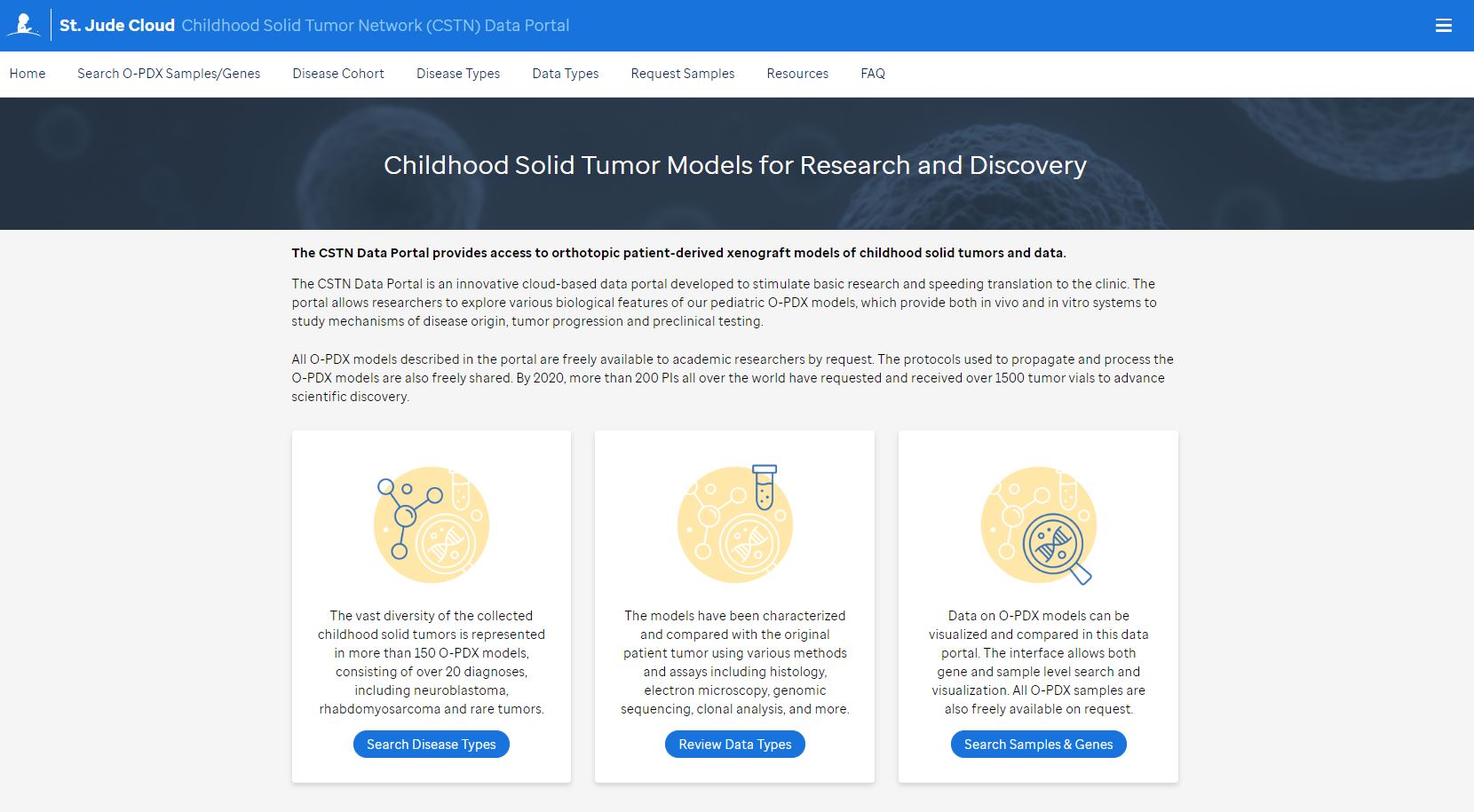
St. Jude Cloud portal expands access to treasure trove of pediatric solid tumor data
St. Jude Children’s Research Hospital develops the Childhood Solid Tumor Network data portal to speed discoveries and novel therapies for treatment of childhood solid tumors